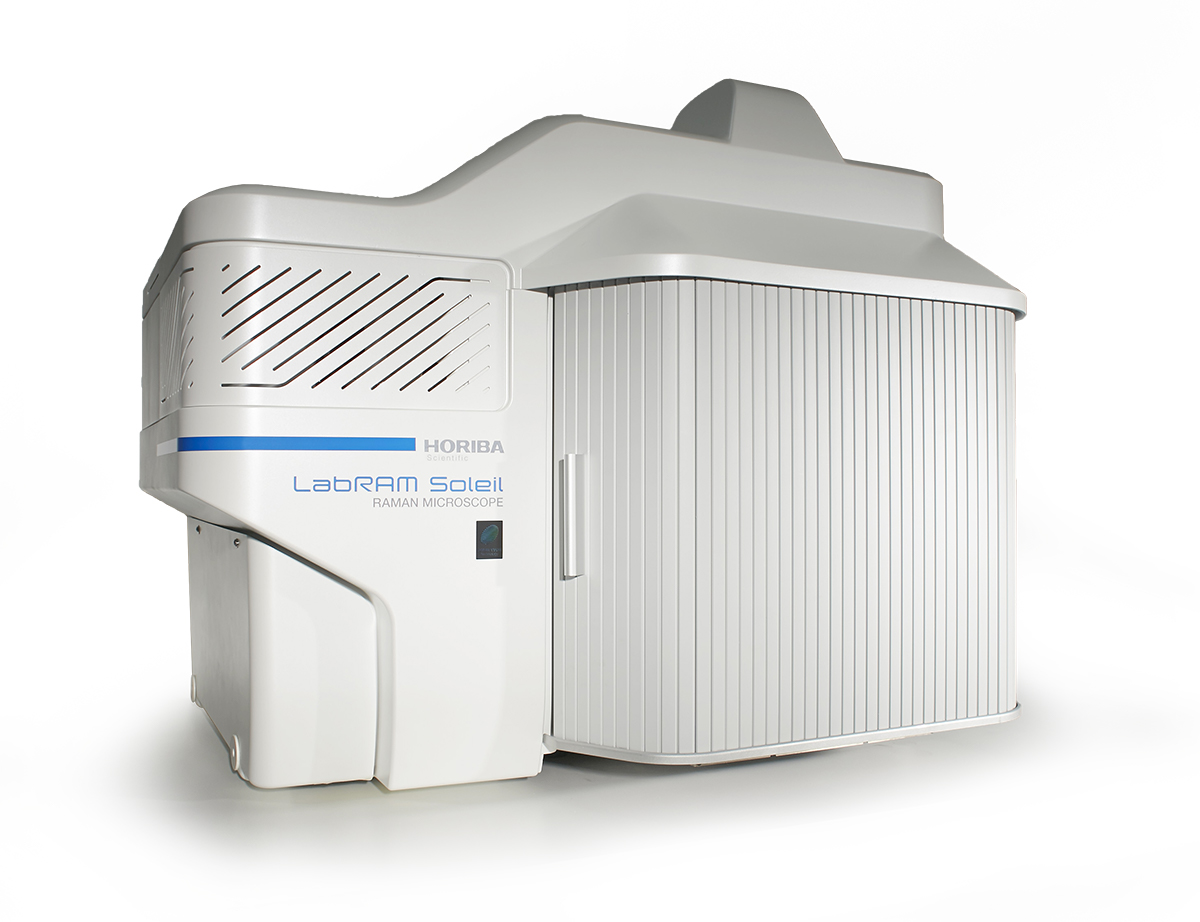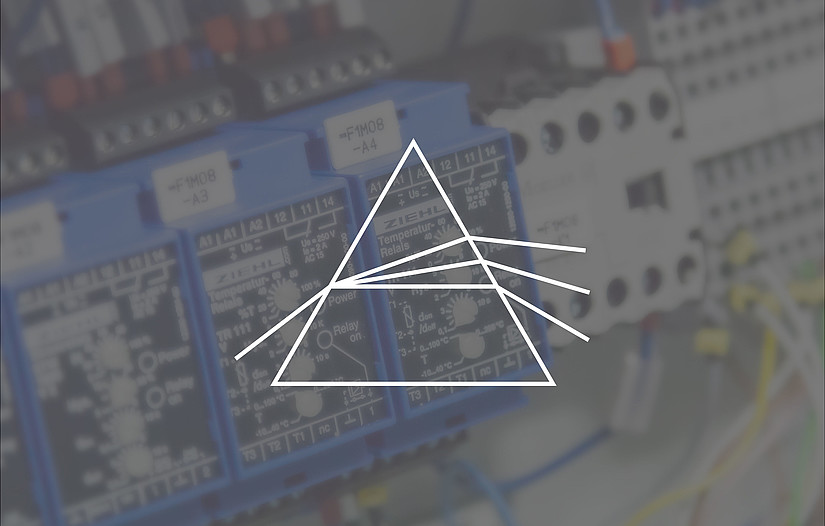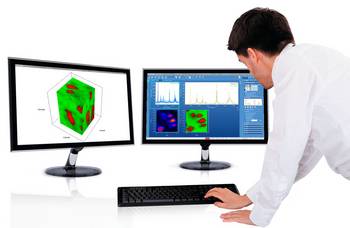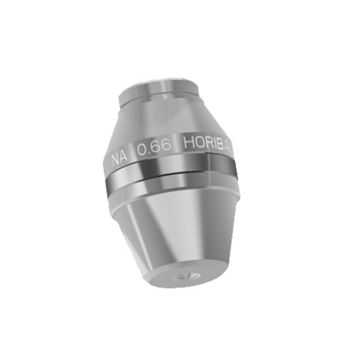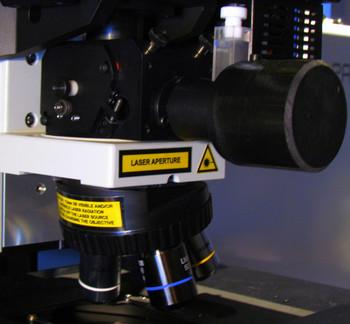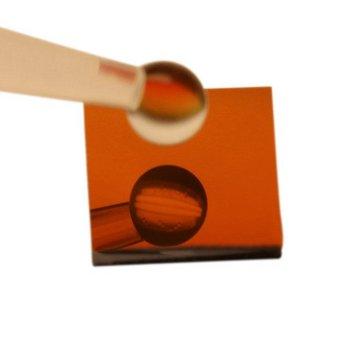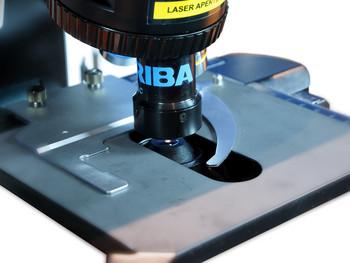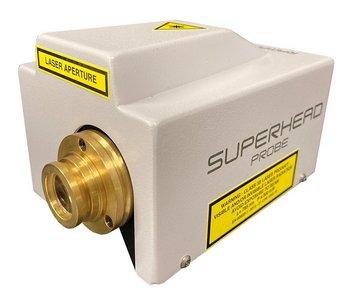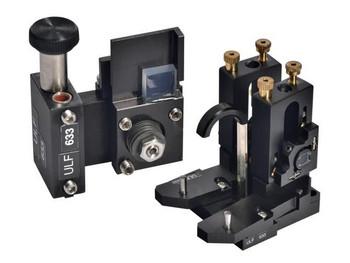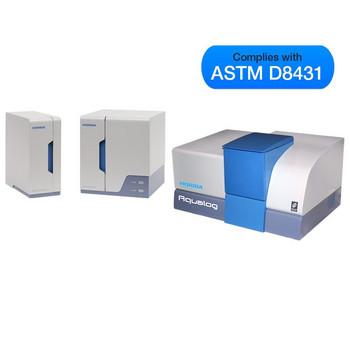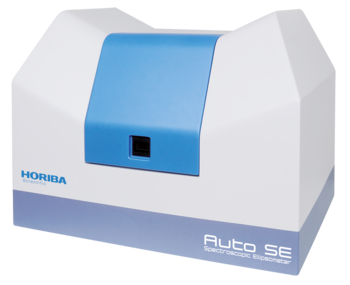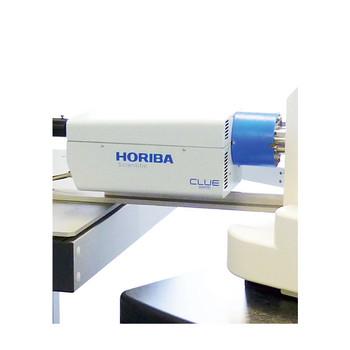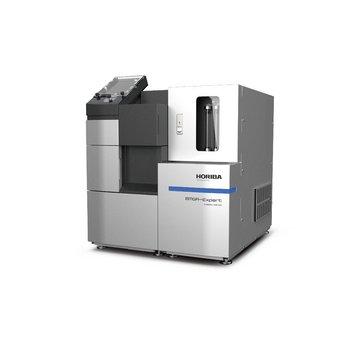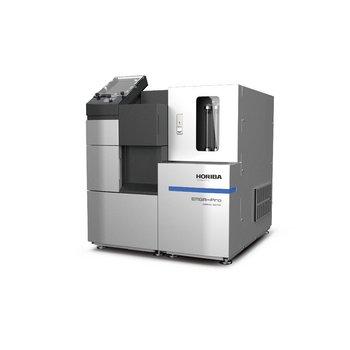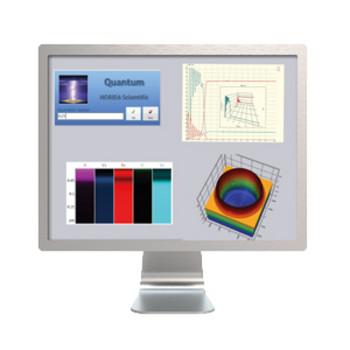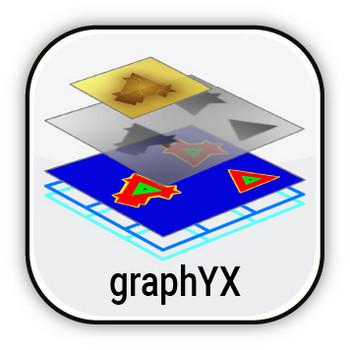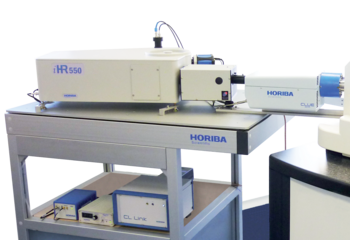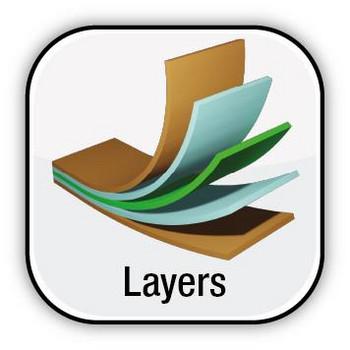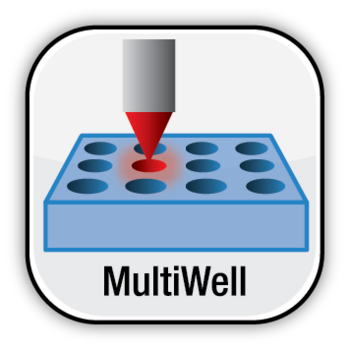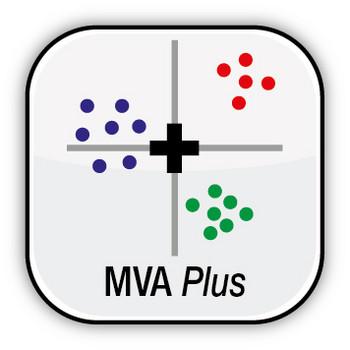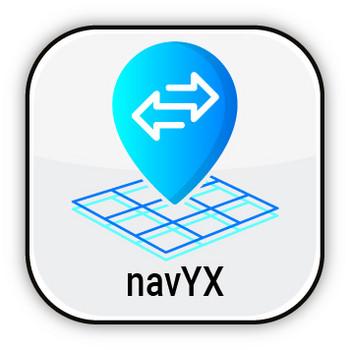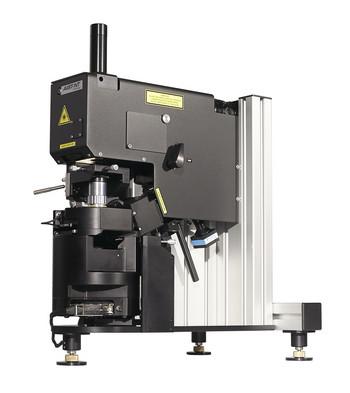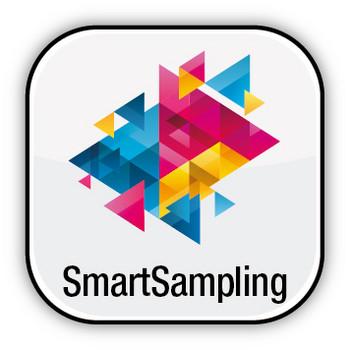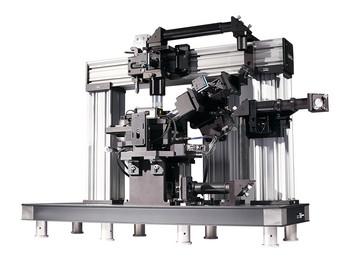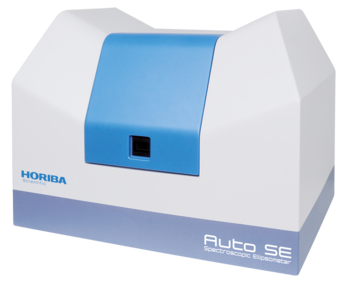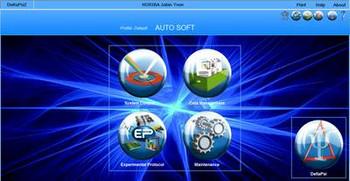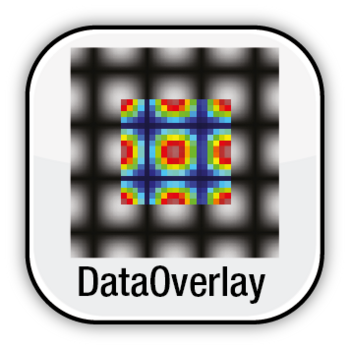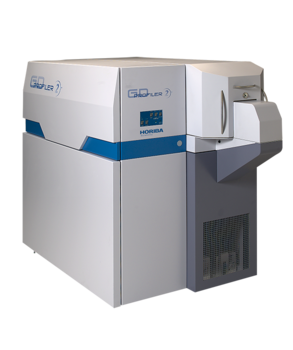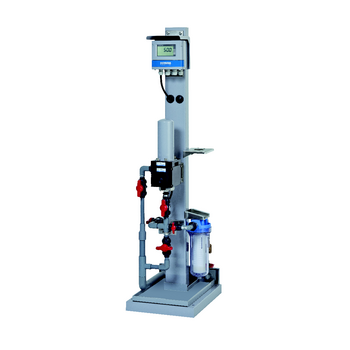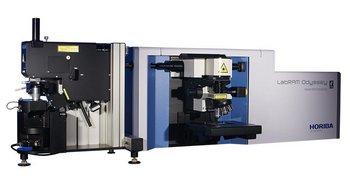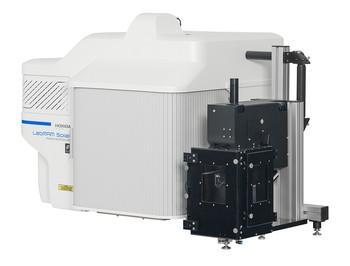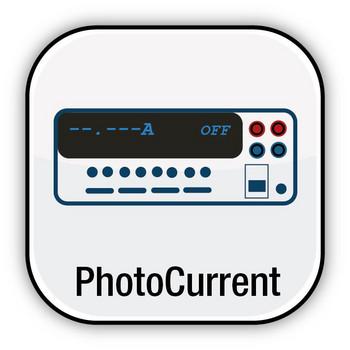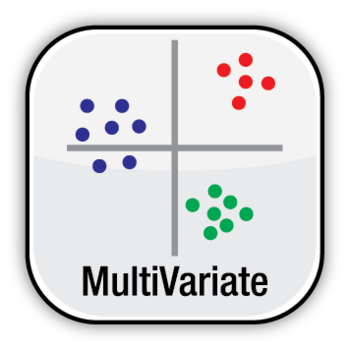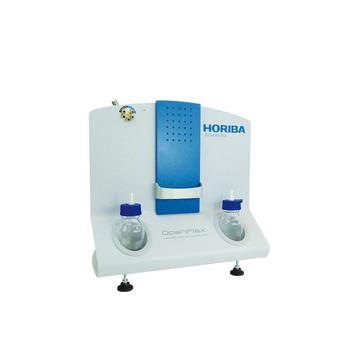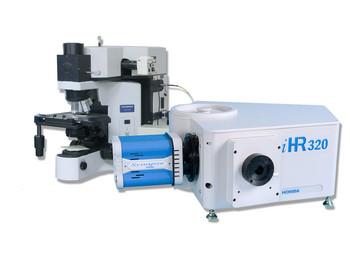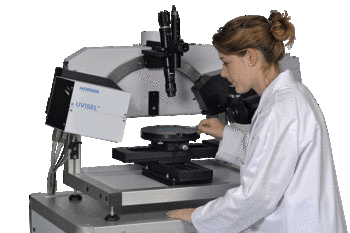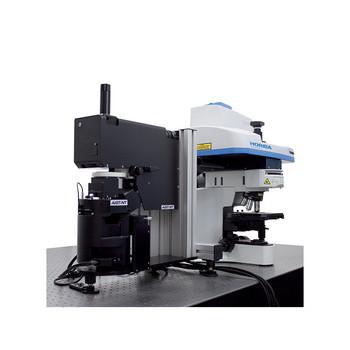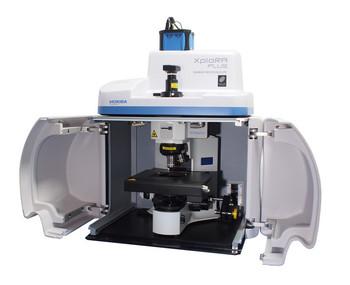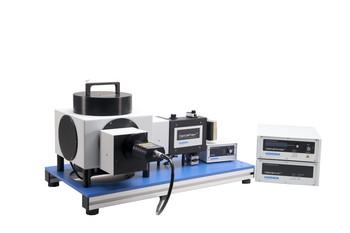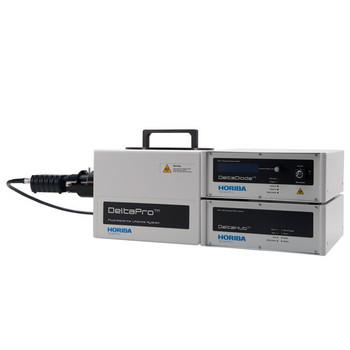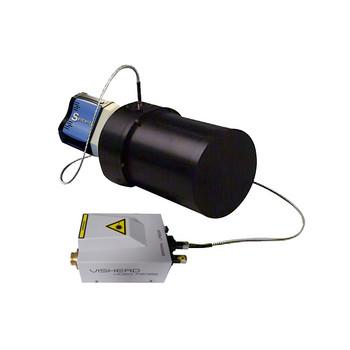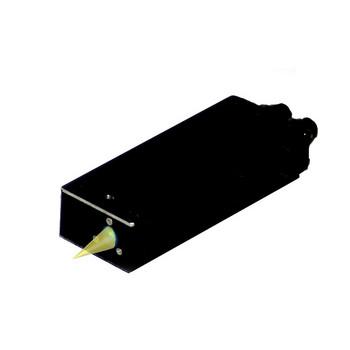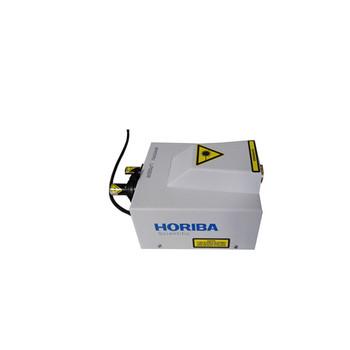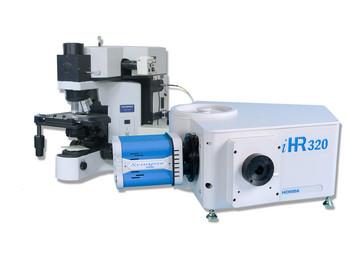
| Wavelength range | UV-VIS-NIR | Broadband high throughput achromatic mirror-based system, optimized from 300 nm to 1600 nm without changing optics. |
| Standard Laser Wavelengths | 325, 405, 473, 532, 638, 785 nm | Typical lasers for Raman and PL. Other wavelengths upon request. |
| Spectrometer scanning speed | Up to 400 nm/s | With 600g/mm grating, mounted on standard Turbodrive 4-grating turret, for fast Raman, PL spectral map acquisitions. |
| Number of gratings | unlimited | 4 grating exchangeable motorized turret. |
| Fast Imaging | <1ms/spectrum | SWIFT, SWIFT XS EMCCD, SWIFT repetitive, SWIFT extended Range and SmartSampling for ultrafast imaging. |
| 3D confocal slicing with laser lightsheet illumination | QScan (patent) | Typical 2 μm thick 100 x 100 μm2 laser lightsheets for large area 2D/3D confocal imaging. |
| Standard wavenumber cut-off | 30 cm-1 | With edge filters for 532, 638 and 785 nm wavelengths, injection rejection, >99% transmission. |
| Laser auto-alignment procedure | 15 s | Optional ultrafast sample-independant laser auto-alignment allowing remote maintenance. |
| Lasers | Up to 4 built-in solid-state lasers + 1 external laser | NUV to NIR wavelengths available. |
| Spectroscopic motorized modalities | Up to 6 laser filters | Raman, PL, Super Low Frequency… |
| Rayleigh Filter orientation | Individual filter computer controlled | Factory preset & user adjustable angle to adapt with sample reflectivity. |
| AFM / SEM coupling | Yes | Built-in horizontal exit for direct Atomic Force microscope coupling, optional fiber entrance for SEM coupling with RCLUE. |
| Operating temperature range | 18-28 °C | Non condensing |
| Dimensions (W x D x H in mm) Weight (kg) | < 900 x 800 x 810 | ~1 cubic meter, including lasers, CDRH enclosure, electronics and cooling to save space in your laboratory |
| Power consumption | < 600 W for a fully loaded configuration | Eco-friendly and safe design, with built-in class 1 enclosure, low power consumption electronics and cooling, 1 power cable EU / US type |
